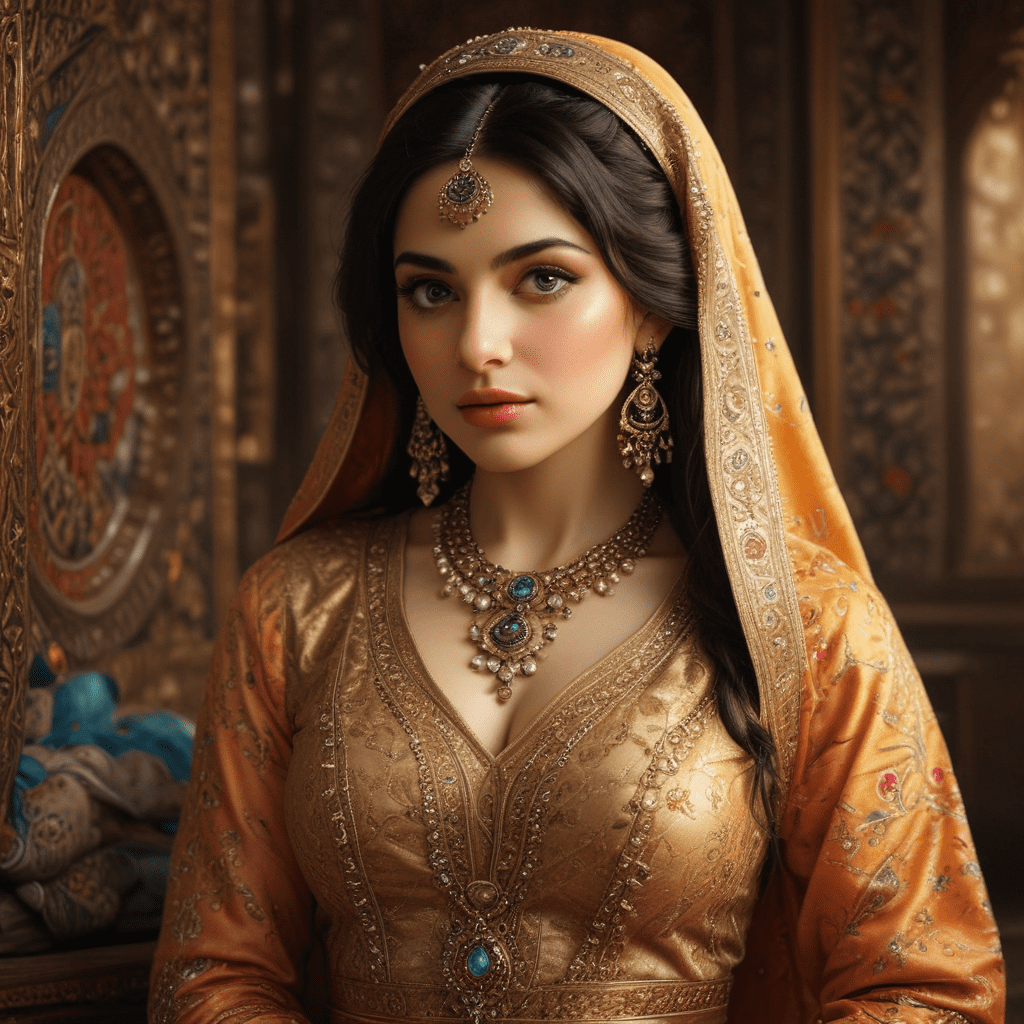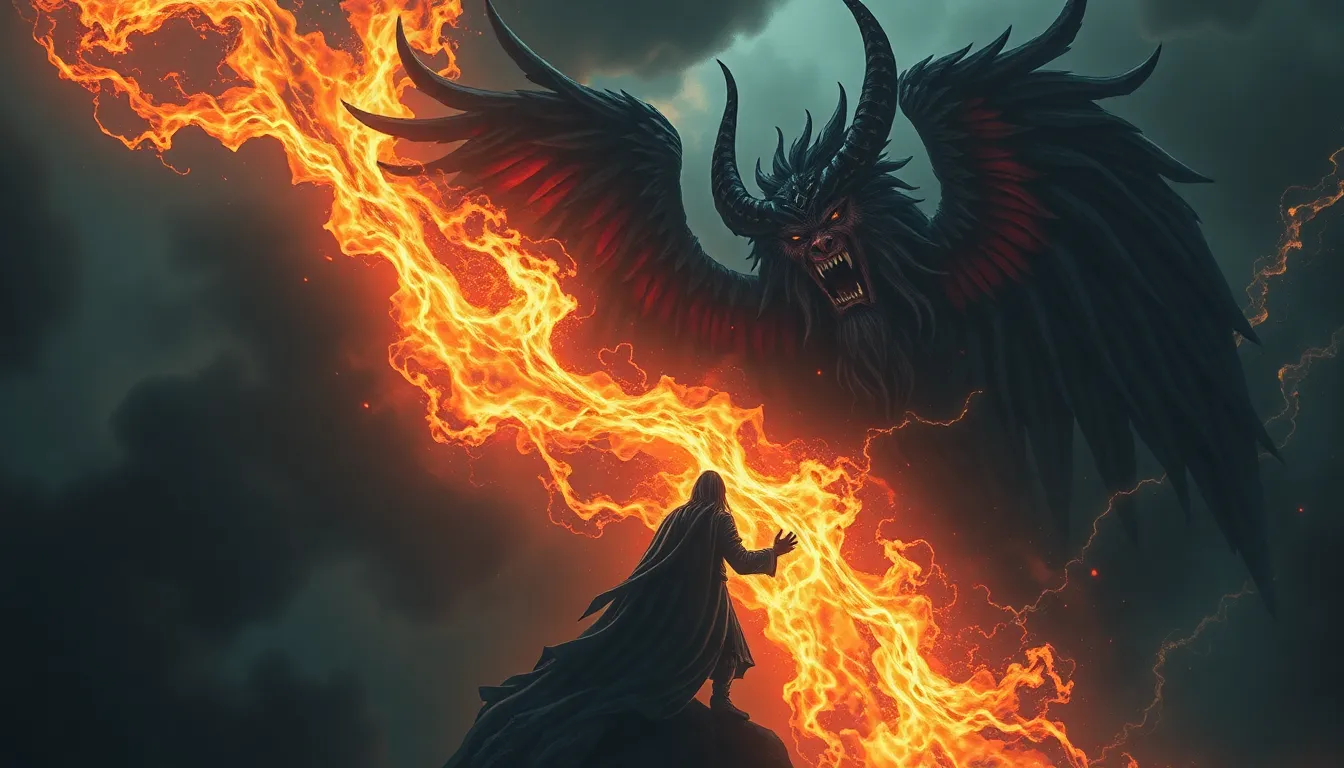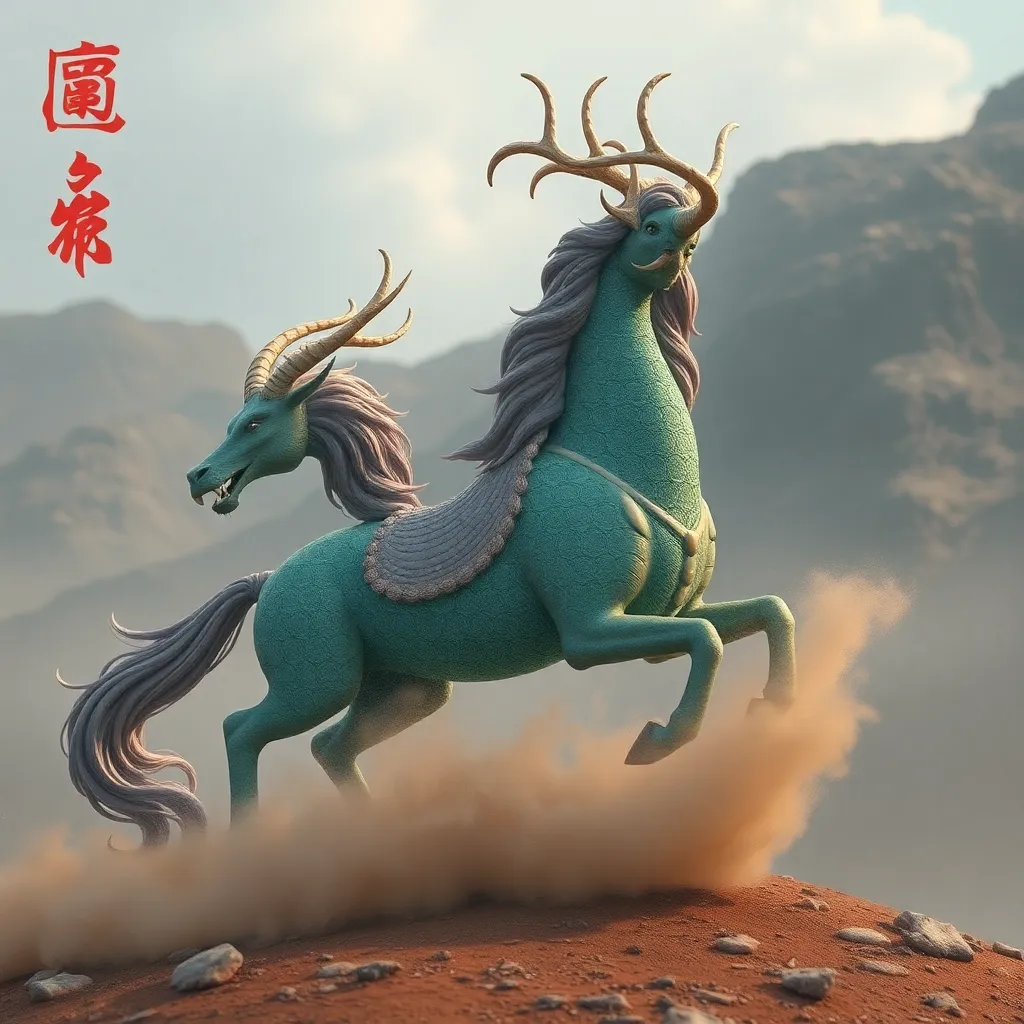Introduction
Persian mythology, steeped in rich symbolism and cultural significance, has captivated the Iranian imagination for centuries. These ancient stories, passed down through generations, offer a glimpse into the beliefs, values, and societal structures of ancient Persia. Notably, women play prominent roles in these myths, embodying diverse archetypes and contributing meaningfully to the narratives. This essay delves into the fascinating world of Persian mythology to explore the multifaceted roles and representations of women.
The Female Archetypes in Persian Mythology
Persian myths feature a vibrant array of female archetypes, each symbolizing distinct qualities and embodying specific societal roles. The mother goddess, a prominent figure, represents fertility, creation, and the nurturing power of the feminine. Examples include Anahita, the goddess of water and fertility, and Spenta Armaiti, the goddess of earth and wisdom. These goddesses embody the life-giving essence of the universe, highlighting the reverence for motherhood within Persian culture.
Another significant archetype is the warrior woman, a figure of strength, courage, and independence. Among the most notable warrior women in Persian myths is Gordigeh, who fought alongside the hero Sohrab in the Shahnameh. Her bravery and unwavering spirit defy traditional gender roles, showcasing the potential of women to break societal boundaries. Similarly, Bahram Chobin's wife, Gorayesh, a skilled archer and horsewoman, demonstrates the multifaceted capabilities of women in a traditionally male-dominated domain.
The trickster archetype, represented by figures like Simurgh and Nahid, adds an element of intrigue and complexity to Persian myths. Simurgh, a mythical bird with healing powers, guides and challenges heroes on their journeys. Nahid, the goddess of love and beauty, embodies the seductive and playful aspects of the feminine. These trickster figures, through their cunning and wit, subvert expectations and act as catalysts for change within the narratives.
Powerful and Independent Women
Beyond these archetypes, Persian mythology presents numerous examples of women who defy societal norms and embrace autonomy. The tragic figure of Turandokht, a powerful queen, demonstrates the challenges and complexities faced by women in positions of authority. Similarly, Manijeh, the daughter of King Afrasiyab, exhibits unwavering courage and resourcefulness as she navigates the political landscape. These women, through their strength and resilience, challenge traditional patriarchal structures and carve out their own paths in a male-dominated world.
By exploring the diverse roles and representations of women in Persian mythology, we gain insights into the complex dynamics of ancient Iranian society. These stories not only provide entertainment but also offer valuable lessons about human nature, cultural values, and the ever-evolving relationship between the sexes.
6. Importance of Motherhood and Family
In Persian mythology, motherhood holds a revered position, symbolizing the nurturing essence of the feminine and the continuity of life. Female characters often fulfill the roles of mothers, wives, and daughters, serving as anchors of stability and emotional support within families. Examples include Rudابه, the mother of the tragic hero Rostam, whose unwavering love and guidance shape his destiny. Similarly, Farangis, the wife of Siyavash,



